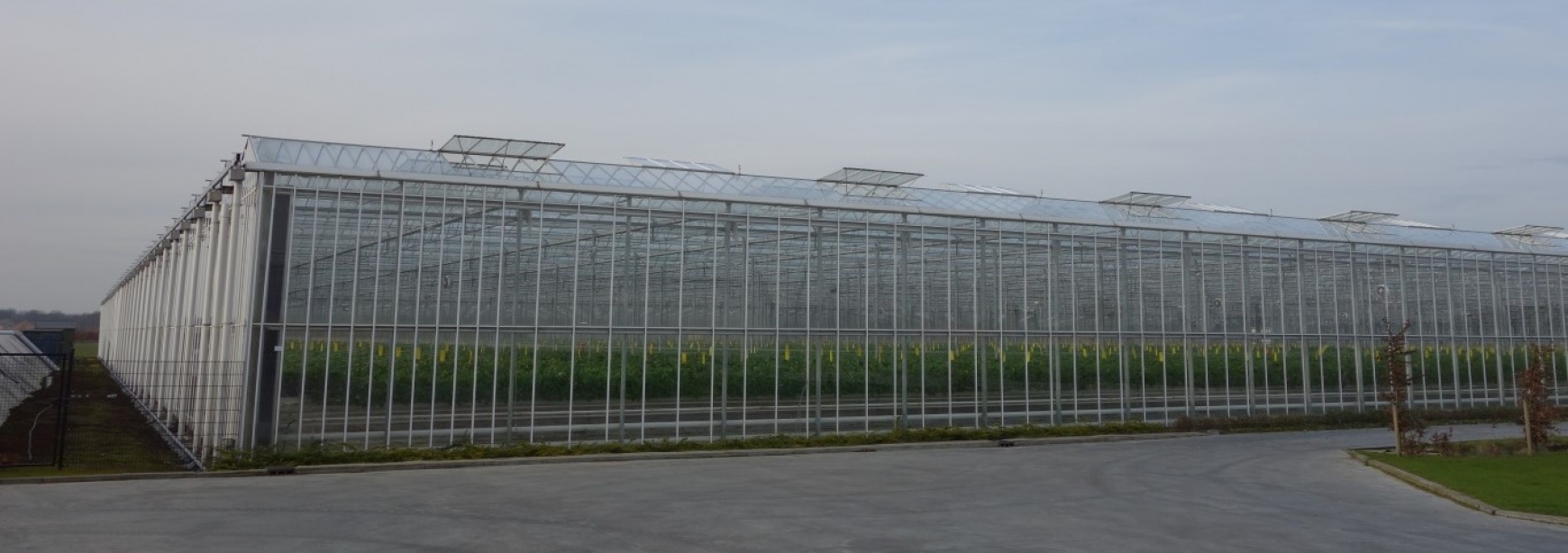What can you do to ensure your greenhouse is winter ready and you don’t waste vital heat, energy and money?
As the days become shorter and the temperature drops, it’s important to make sure your climate settings are correct.
Lower temperatures mean greater heat loss. As the temperature difference between inside and outside increases, the greenhouse will emit more heat, leading to longer heating hours and increased fuel costs. Some simple steps can help mitigate this, such as:
- Use of bubble wrap or similar to insulate side walls
- Greater use of screens – close earlier and open later
- Good air movement to ensure an even climate
Shorter days mean less light
Therefore, screens can be kept closed for longer, providing some additional insulation, especially under clear skies. The use of screens not only helps to save energy at this time of year but can also prevent the plant from becoming too cold and at risk of disease. Even if the glasshouse temperature is satisfactory, the plant will still radiate heat to the cold sky if a screen is not in place. This can cause leaf temperature to drop below the dew point, meaning condensation will form. Be aware that this can still occur even once the sun is up. Opening the screen too soon will allow cold air from above to drop down onto the crop, again creating a condensation risk. Consider keeping the screen closed until there is a net gain in radiation (i.e. incoming is greater than outgoing). Failure to do so will likely require a significant input of pipe heat.
Colder air means drier air
At lower temperatures, the moisture carrying capacity of the air is reduced. It is quite possible, therefore, that the outside air is significantly drier than the warm glasshouse air. Depending on the desired level of humidity, it may be necessary to vent warm, moist glasshouse air and replace it with colder, drier outside air. Consider using a ‘vent then heat’ strategy for humidity control, rather than a ‘heat then vent’ strategy. Much of the energy used to heat up the moist air to reduce Relative Humidity (RH) will be wasted when the vents are opened (hot air rises), and the incoming air will have to be heated in any case.
Good air movement means a more even climate
Another option to help keep heating costs down is to make sure the glasshouse climate is even throughout. Temperature differences of several degrees can often be observed between the top and bottom of the structure, resulting in different humidity levels. The use of fans to help mix the air can create a more even distribution and homogenous climate. The upside is not only improved growing conditions but also better energy efficiency, especially where only one measuring box is used. Controlling on one measurement location can lead to unnecessary heating (for example, the crop may be warmer than the measurement box) or excessive venting (if RH at that location goes above the setpoint).
Measurement boxes and sensors should be kept clean, well-maintained and properly calibrated all year round, but the change of seasons can be a good excuse to double check everything is working as it should. It may also be worth considering installing some additional sensors for better and more targeted control.


